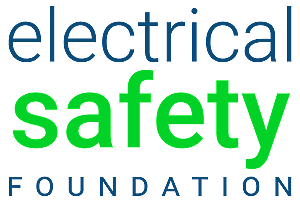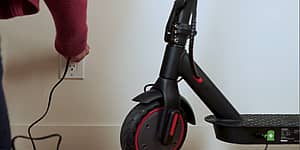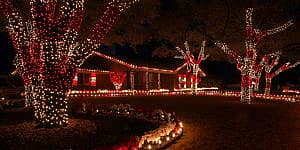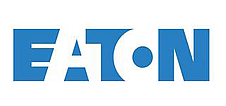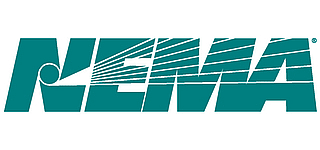ESFI was recently featured in an article outlining how to implement safety tips to make the most of the holiday season. Here is an excerpt from that article from Porch.
What are some common electrical hazards that families should be aware of during gatherings?
“Common electrical hazards include overloading your electrical system. Be sure to label your circuit breakers to understand the different circuits in your home. You can reduce your electrical load by using energy-efficient appliances and LED light bulbs, and you can also have a qualified electrician install new circuits for high-energy use devices.
Another hazard is improperly using extension cords. Roughly 3,300 home fires originate in extension cords each year, killing 50 people and injuring 270 more. Extension cords can overheat and cause fires when used improperly. Do not plug extension cords together or overload cords with too many devices. Be sure to inspect cords for damage before use. Check for cracked or frayed sockets, loose or bare wires, and loose connections. Also, never run extension cords under carpets, rugs, or doors.
If you notice any of the following signs, contact a qualified electrician to inspect your home, as these are warning signs of an overloaded electrical system:
- Frequent tripping of circuit breakers or blowing of fuses
- Dimming of lights when other devices are turned on
- Buzzing sound from switches or outlets
- Discolored outlets
- Appliances that seem underpowered
It’s recommended to have your home inspected if it’s older than 40 years old, has had a major appliance installed, or if you’re interested in installing new technology, such as charging your electric vehicle at home. Each year, electrical malfunctions account for 35,000 home fires, causing over 1,130 injuries, 500 deaths, and $1.4 billion in property damage. Many electrocutions and home fires can be prevented simply by understanding basic electrical safety principles and adhering to safe practices. ESFI welcomes the public to utilize our free-to-share materials throughout their communities.”
